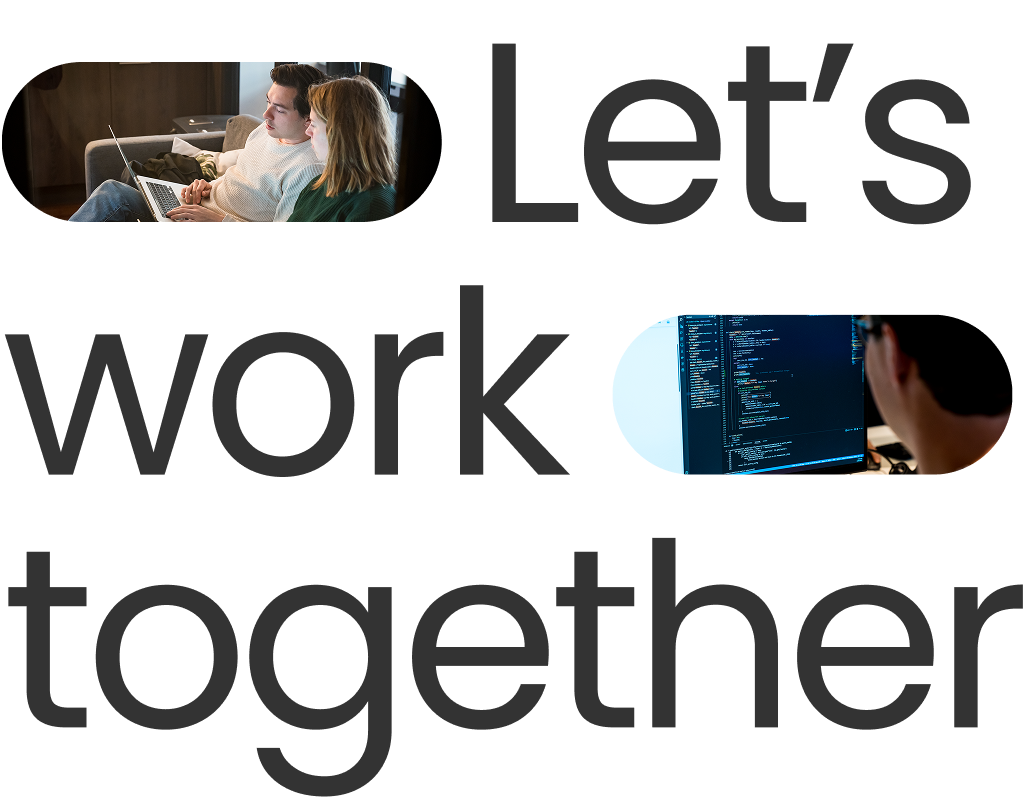
In 2022, the European Central Bank raised interest rates, and banks across Europe reacted in different ways to this development*. To remain competitive when it comes to the interest rates offered on its products, Rabobank wanted to develop tools to better understand the price elasticity of their customers, and the resulting in- and outflow of assets.
Rabobank collaborated with Xomnia to fortify their teams with our machine learning and MLOps expertise to develop a dashboard that gives them better insights and understanding of the characteristics of client groups with varying behavior.
Our Machine Learning Engineer Steven Postmus joined the team dedicated to creating the production-ready data pipeline and machine learning model to feed the dashboard, bringing in his data engineering expertise. He primarily focused on building efficient and robust production code that contains logic to process large amounts of data. By doing this, he helped make the code scalable and efficient as it processes and filters millions of rows.
He also helped build a data pipeline that outputs data that can be consumed by other teams using Rabobank’s central data warehouse. For this, he used datasets from this same data warehouse (e.g. transactions, balances, interest rates, etc.) using Databricks and Pyspark. As part of the data pipeline, a clustering model was applied that assigned a cluster to each customer, providing the insights that the business wanted. The whole data pipeline runs automatically by using Apache Airflow.
After datasets are produced and written back to the same data warehouse, a Power BI dashboard developed by another team consumes this data. This Power BI is used to monitor and get visual insight into assets' in- and outflow and client behavior.
Throughout the project, we implemented and worked according to the MLOps principles, including automation (CI/CD, orchestration of the batch process), monitoring (using extensive data validation on input and output, monitoring usage), versioning (using MLflow that enabled reproducible experiments), testing, etc. MLflow that is built into Databricks was also used to track experiments and do more of the MLOps kind of tasks.
“With monitoring, input data is checked to ensure that it meets the expected and accepted criteria during the runs; for example, savings balances should never come out as negative values,” explained Steven about his MLOps-related contributions.
Using the dashboard created with Xomnia’s help, Rabobank is now able to collect insights to understand its customers and their price sensitivity. Using those insights, the bank can better steer its product portfolio to retain and attract new customers, regardless of economic fluctuations.
* At the time of writing in 2024, the ECB has dropped its interest rates for the first time in 2 years.
